Californians need to be so afraid of a huge earthquake that they take action, scientists say

Earthquakes occur all over the world, mostly around plate edges, on faults. Here are three things to keep in mind to ensure safety in an earthquake.
- Share via
Fear of earthquakes is part of life in California.
But people experience this anxiety in different ways. For some, the fear prompts them to take steps to protect themselves: strapping down heavy furniture, securing kitchen cabinets and retrofitting homes and apartments.
For others, the fear prompts denial — a willful ignorance of the dangers until the ground starts shaking.
Seismologist Lucy Jones has spent her career trying to understand public attitudes about earthquakes, with a focus on moving people past paralysis and denial.
Jones said the way experts like her used to talk about earthquakes wasn’t very effective. They tended to focus on the probability of a major earthquake striking in the next 30 years — the length of a typical home mortgage. They also took pains to say what they didn’t know, which she now believes allowed the public to tune out and hope for the best.
Now she is making a dramatically different point, emphasizing that a devastating earthquake will definitely happen, and that there is much the public can do to protect themselves.
Denial may getting a bit harder these days. Over the last several years, a few California cities have taken dramatic steps to require retrofits of thousands of vulnerable buildings. And next year, scientists and the U.S. Geological Survey are expected to unveil the first limited public phase of an earthquake early warning system that would eventually offer seconds and perhaps more than a minute of warning through smartphones and computers. The system has been planned for years but still could be derailed by budget cuts proposed by President Trump.
OK, now what? Here's how to plan your actions for before — and during — an earthquake »
Caption: A test at UC San Diego simulating the destruction of a wood apartment building in an earthquake.
Three factors that make something especially frightful
There are several factors that make a peril especially frightening, Jones told a joint meeting of the Japan Geoscience Union and American Geophysical Union. She named three of the biggest ones, citing the work of
- Something that cannot be seen.
- Something that is very uncertain.
- Something that seems unknowable.
“All of these trigger our primal fears of the unseen predator hiding in the jungle,” Jones said.
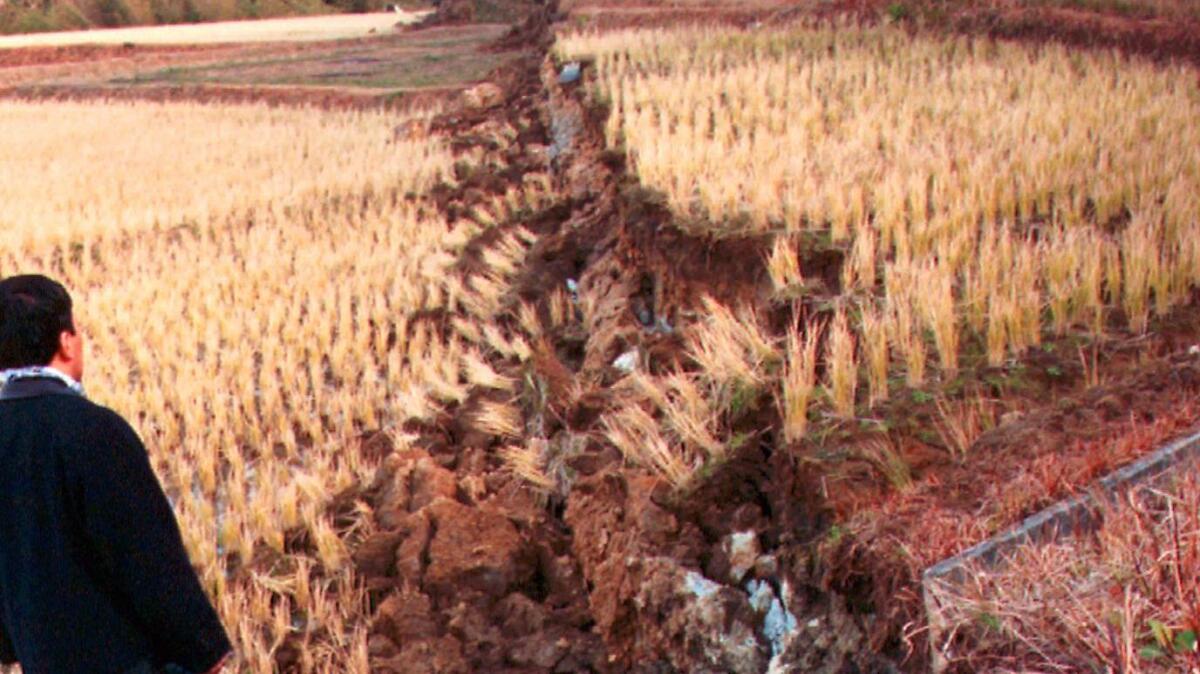
Humans hate randomness
“We have literally evolved to be afraid of randomness,” Jones said at a recent conference in Japan.
“So we respond by trying to find the pattern. We evolved to find these patterns to infer that waves in the grass means a predator in hiding. We find patterns even when they’re not real,” she said. “We see constellations in the stars. When there is no pattern, we still try to make one.”
But there’s a problem
Rather than accepting the randomness, the public has turned to scientists to take the uncertainty out of future earthquakes, and researchers have spent much effort trying to find an answer.
There was some optimism in the successful prediction of the magnitude 7.3 earthquake in Haicheng, China, in 1975, in which people were evacuated before the quake struck, saving lives, Jones said.
A large part of the answer? There were more than 500 “foreshocks” to the big temblor, most of them in the 24 hours before the largest quake hit.
“The prediction did not happen because the Chinese knew more than we do about foreshocks,” Jones said. “They used the basic principle … quantified more than a century ago: One earthquake makes another earthquake more likely, and guessed that having a swarm of over 500 events made a big earthquake even more likely.”
Officials in that region of China had more to gain by ordering evacuations because of the weakness of the buildings against earthquakes. And they had less to lose from a false alarm, given the political and economic system of China at the time, she said.
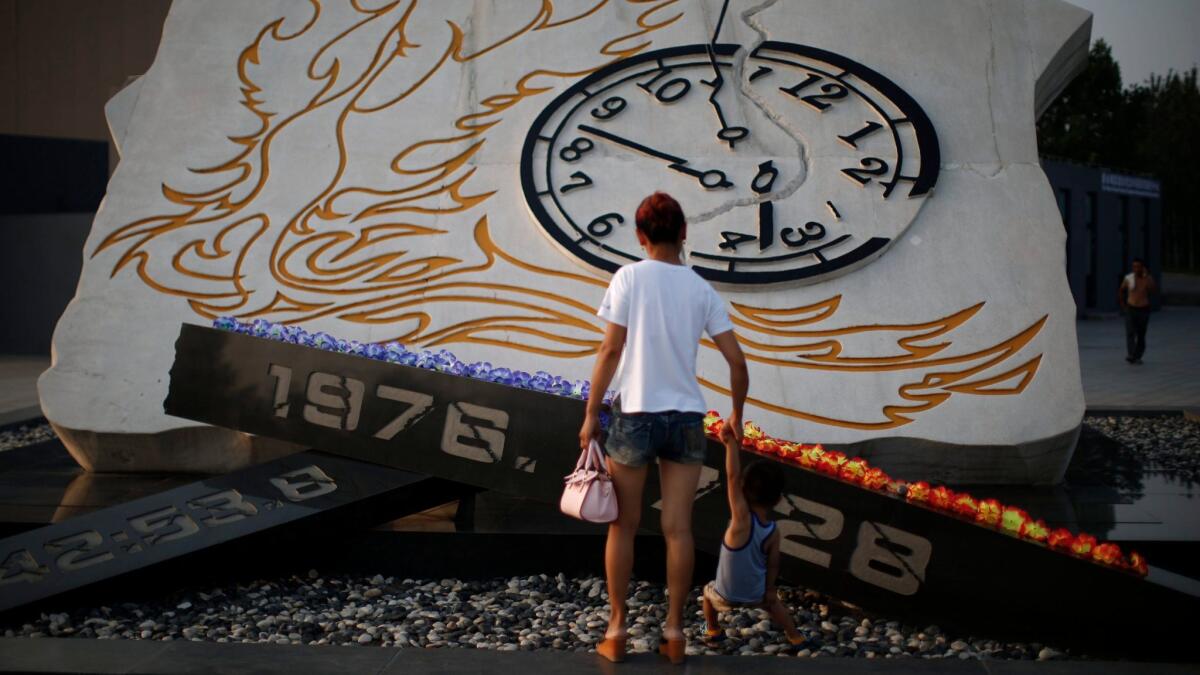
It wasn’t repeatable
But the great guess of 1975 wasn’t repeated when California scientists tried to do the same thing in the central part of the state.
Scientists in California were so convinced of a seemingly logical pattern of earthquakes in the Monterey County town of Parkfield that they projected a 95% chance of another magnitude 6 earthquake happening between 1988 and 1993.
The scientists were wrong. It would be until 2004 before the quake hit. The model, it turned out, wasn’t always right.

Telling us the future probability of a quake wasn’t making us safer
And therein lies the great problem of being so obsessed with when the next big earthquake will come: It wasn’t making us safer.
Publicizing the odds of a devastating earthquake in the next 30 years just didn’t translate well to the public.
Cities up and down California were doing little, if anything, about ordering vulnerable buildings to be strengthened or demolished before they collapsed in a future earthquake.
“Psychologists tell us that uncertain things are more frightening. Something that is frightening and uncertain is something we would like to ignore,” Jones said.
So what could be done?
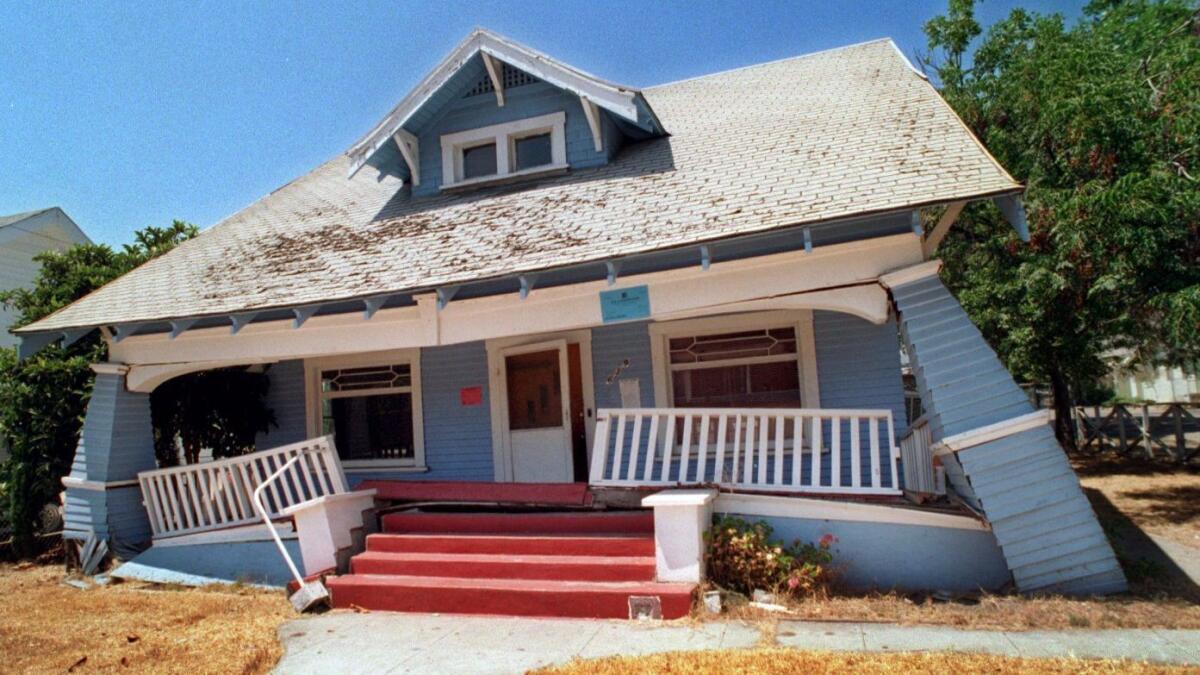
Changing the question
Instead of asking themselves, “What does society want from us?” scientists began considering a separate question: “What does society need from us?”
So, in the case of earthquakes, Jones shifted the answer.
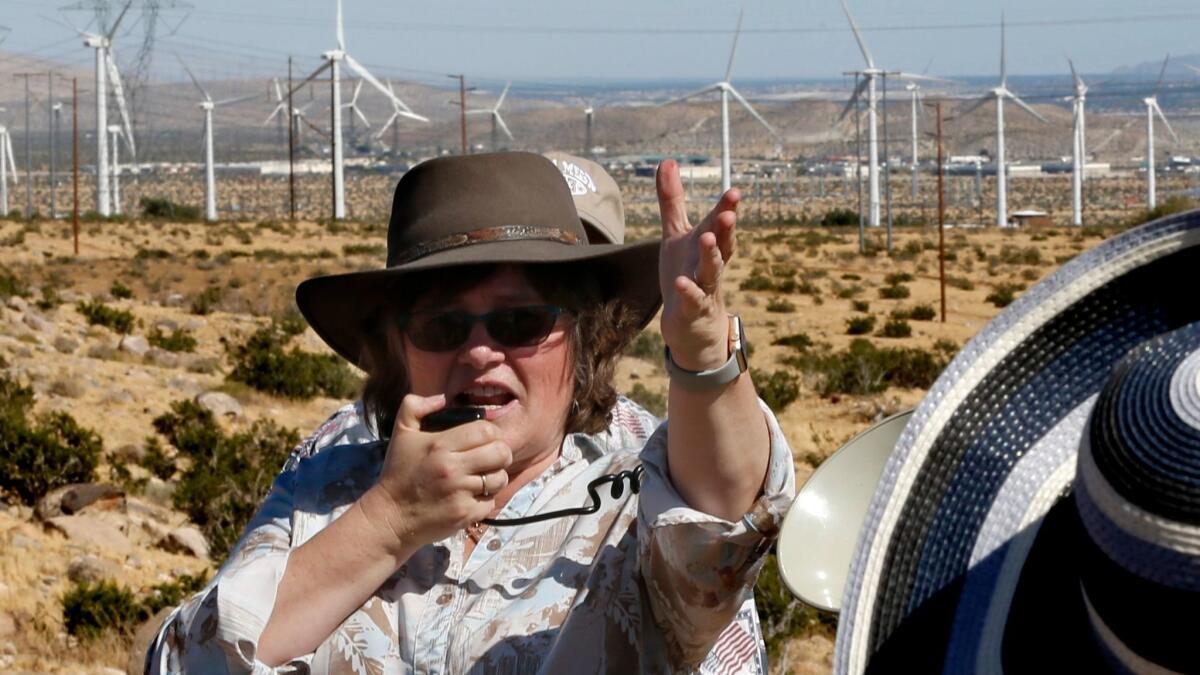
Talking about what scientists know — instead of what they don’t
Jones said she learned to focus her talking on what she did know, rather than what she did not.
For one, she and a team of researchers published a scientifically plausible scenario of a magnitude 7.8 earthquake on the San Andreas fault that could cause many deaths and the collapse of numerous buildings.
Also, Jones said she learned to tell property owners they would have to pay for how their building fares in an earthquake — either as a retrofit or by picking up the pieces after the building collapses.
“By emphasizing the financial aspects, I moved people away from fear that can paralyze decision-making,” Jones said. “I showed them that they were going to have to pay for the earthquake, one way or another. Either now or after it happens. It was just a matter of when.”
Plus, there was a community responsibility — the collapse of one building would affect their next-door neighbor, as well as the entire community. “Someone’s decision not to be ready increases the chances that others will suffer,” Jones said.
After decades of doing little to nothing, political leaders and property owners agreed something had to be done. In 2015, Los Angeles passed the nation’s most sweeping seismic retrofit law, which will require as many as 15,000 buildings at risk of damage in an earthquake to be strengthened.
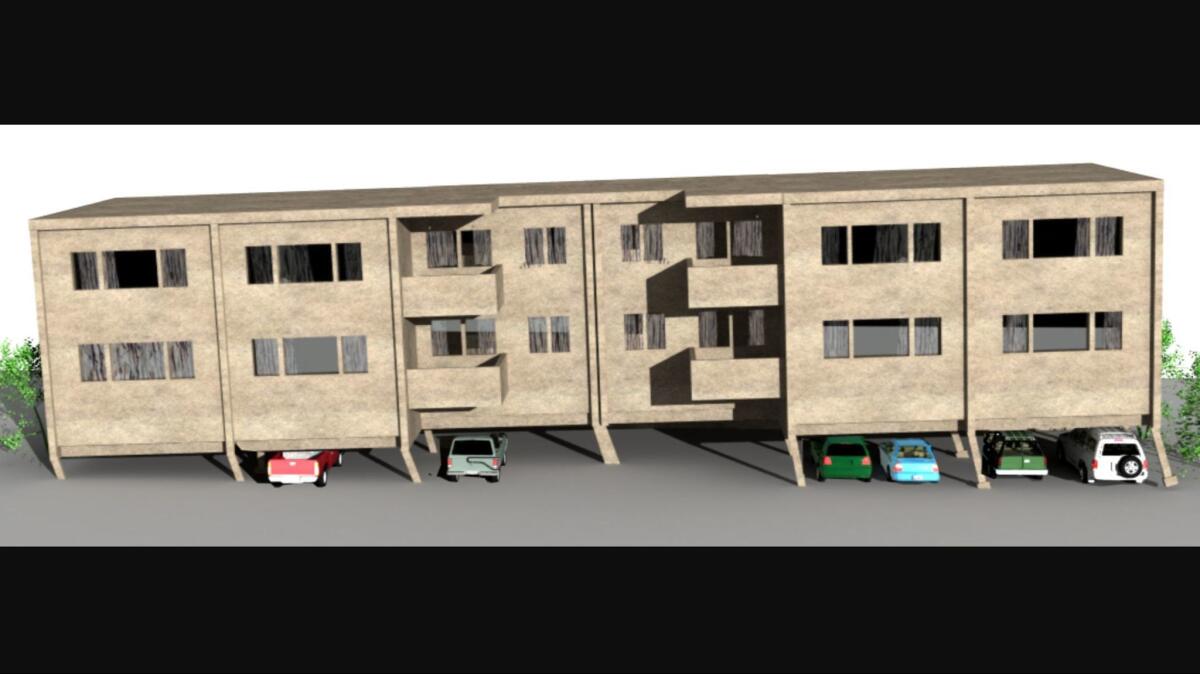
A moral responsibility
Tragedy can happen when the public does not understand the risk as scientists do.
Jones recalled a previous trip to a devastated area of Japan washed away by a tsunami after the magnitude 9 earthquake off the nation’s east coast in 2011. Communities there endured a death toll as high as 10% of the population, she said.
She remembered being taken to Otsuchi, where the city hall sat behind a 20-foot sea wall. Experts had forecast a 16-foot tsunami from the quake.
“The city leaders ignored protocol that said to move to higher ground and conducted their emergency meeting in the city hall. When the tsunami poured over the sea wall, they lost over 1,000 people, including most of their city government,” Jones said.
“The woman who gave me the tour asked me to begin by entering this shrine constructed in front of the city hall and to pray for the victims, because, as she said, we need to remember why we are doing this,” Jones said.
“I want us to remember the victims. Remember that society wants our help — needs our help — to save people’s lives and their livelihoods,” she told her fellow scientists. “I am saying that, as a scientific community, I believe we should — as a moral duty — be fostering the creation of information that can be used to make a safer society.”
Get ready for a major earthquake. What to do before — and during — a big one »
Twitter: @ronlin
ALSO
After years of planning, California is likely to roll out its earthquake warning system next year
Earthquake denial gets a lot harder when you stand on top of the San Andreas fault
Many L.A. County courthouses are seismically unsafe, study finds
UPDATES:
4:30 p.m.: This story article has been updates with information on President Trump’s budget proposal.
This article was originally published May 24.
Sign up for Essential California
The most important California stories and recommendations in your inbox every morning.
You may occasionally receive promotional content from the Los Angeles Times.








